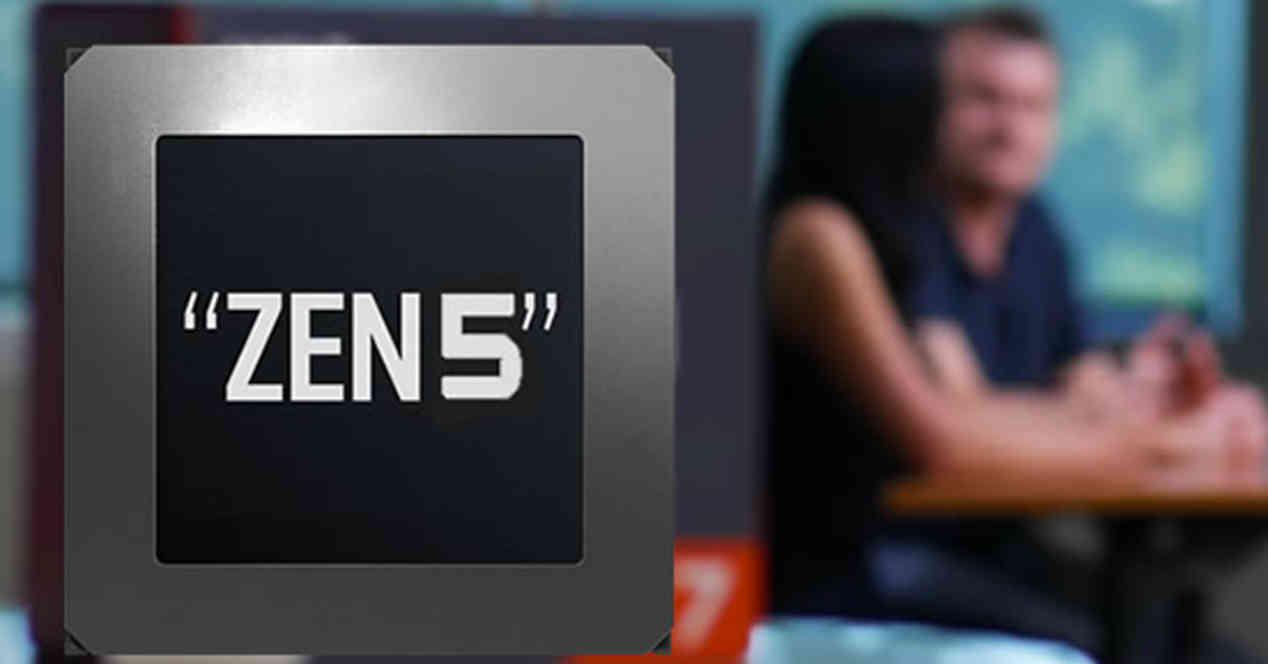AMD has its Zen 4 processors ready, which should enter the production ramp right now and will therefore hit the market shortly. In the meantime, the company has slipped in some interesting tidbits about Zen 5 coming next year or possibly early 2024 if TSMC runs into any issues, where core count will be the issue as well as its limitations.
Zen 4 is perhaps the company’s biggest change since the architecture was released. And it is that although on the desktop it will be an interesting performance leap on the server, everything is much grander. It will grow from the current 64 cores to 96 and 128 depending on configuration, but what will Zen 5 achieve?
The number of Cores of Zen 5 and its processors
We don’t know how many models AMD will bring to market, but we have one thing clear: it will be a number higher than the current Zen 3. Intel is doing a lot of damage by taking control of sectors where AMD is not even present and the incre ase in cores that we will see in Zen 4 both on servers and desktops, this will improve market segmentation for Lisa Su, but that won’t happen in Zen 5.
And he won’t because, as he commented Dan McNamara, senior vice president and general manager of AMD’s server division, there’s no need to increase the number of processor cores in your processors. It may surprise you, but Zen 4 will be the cornerstone of the new segment of batch processors with its Zen 4C and Zen 4D with 96 cores and 128 cores
This means that Zen 5 will have the same total numbers for server and desktop, and of course there are several reasons for that.
Lithographic node and limits of architecture
Here we will differentiate into two parts: the first is speculative, the second is confirmation from McNamara himself. First of all, there is a lot of controversy with the node used in Zen 3 and that is that TSMC has reportedly suffered delays with the high performance N3 variant, also known as N3Pwhile the N3E would have accelerated, but it is not suitable for Zen 5 and it is for Apple and its M chips, for example.
Therefore, it is said that AMD could continue with TSMC’s 5nm if they do not finally materialize, which they will decide shortly because there is practically no time. On the other hand, we have confirmation from Mcnamara that Zen 5 will have the same cores as Zen 4 and hints at faster non-memory core performance.
In other words, increasing the number of cores is only suitable if you have a corresponding global cache subsystem and if, of course, you have much higher bandwidth in system RAM. May be 3D V-Hidden come to solve part of this problem, but it is also possible that it will take time and especially money to stack this SRAM vertically. Therefore, AMD’s decision with Zen 5 seems to be to choose the most optimal sub-5nm node and add vertical cache to its processors, thereby increasing performance and maintaining core count in Zen 5.









